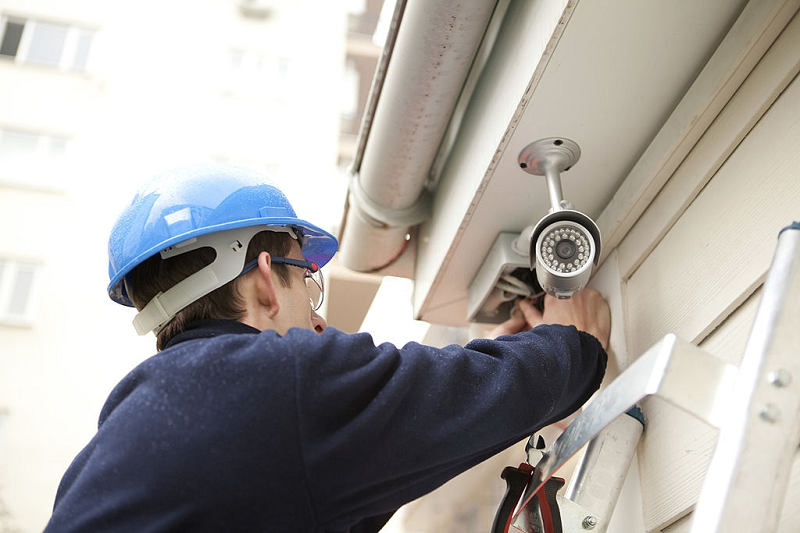The Best Locations and Positions to Place Security Camera Systems
RH Business Marketing Solutions
The Best Locations and Positions to Place Security Camera Systems
If you are reading this article, then chances are you already know or want to know about the importance of security camera systems. Security camera systems keep your property safe from burglars and other mischievous perpetrators who damage or vandalize your property. They have become very much prevalent and you can find its usage in both residential and commercial purposes. Whichever security camera system you choose for yourself, placing it correctly is the primary aspect that will define its effectiveness. While installing the security cameras, one of the key factors that you need to take into consideration is that it should be placed well so that it covers the maximum area. This article will summarize the best locations and positions to place your security camera system to maximize its effectiveness.
Right Place to Install A Security Camera System:
#1. Near the windows that are situated off-street - Place a security camera system near the windows that are facing towards the street, it will deter the burglars who mostly prefer to use a rear window that is cut off from the view from the street that protects them from getting caught. A security camera system will keep those windows and thereby your home safe from thieves and vandals.
#2. Near the main door - The most important placement for your security camera systems is the main door of your home. Not only does it saves you from burglars entering through the front door, it can also act as a peephole and let you know who is at the door so that you can get some time and safe distance to decide whether or not you want to open the door for the visitor.
#3. Near the back door - It is one of the most vulnerable areas where the burglars are going to enter your home. Hence, you must also take this place into consideration. Installing security camera systems at the back door is a must for the independent homeowners. As suggested before, keep your cameras out of human reach and keep it protected from the possibilities of things being thrown at them.
#4. Other places to cover - After you have protected the front and back door and the off-street windows, you may consider making your house even safe by placing your security camera system in some other places in your property’s vicinity.
The garage
Driveways
Second floor
The basement
Common Mistakes That Should Be Avoided While Placing Your Security Camera Systems
#1. Do not forget to secure your security camera systems - Security camera systems can be easily tampered, stolen with or even damaged by perpetrators if not secured properly. The camera should ideally be placed 9 feet above the ground to keep it out of trouble’s reach. Also, make sure that the outside cameras are well protected from the harsh weather conditions.
#2. Avoid choosing the highest point for camera placement - Although placing the security camera systems at the highest point in your property will give it a better view, a detailed look of a perpetrator’s feature will not be evident from such heights. You might not be able to identify the criminal at all. To know the best place to install the cameras, you must consult the seller . They will assess the place and will also help you in the placement of cameras.
#3. Do not forget to provide proper lighting - Irrespective of how well your security cameras systems are placed, they will be rendered useless in dark places or during the night without proper lighting. There must be ample lighting such that the security camera systems can get a clear recording and picture. Security camera systems are fast becoming a necessity of every household given the increase in crimes in recent years. Keep this article in mind while placing your security camera systems for them to work effectively and you to have peace of mind.
Guest Contributor, Jessica Curry





